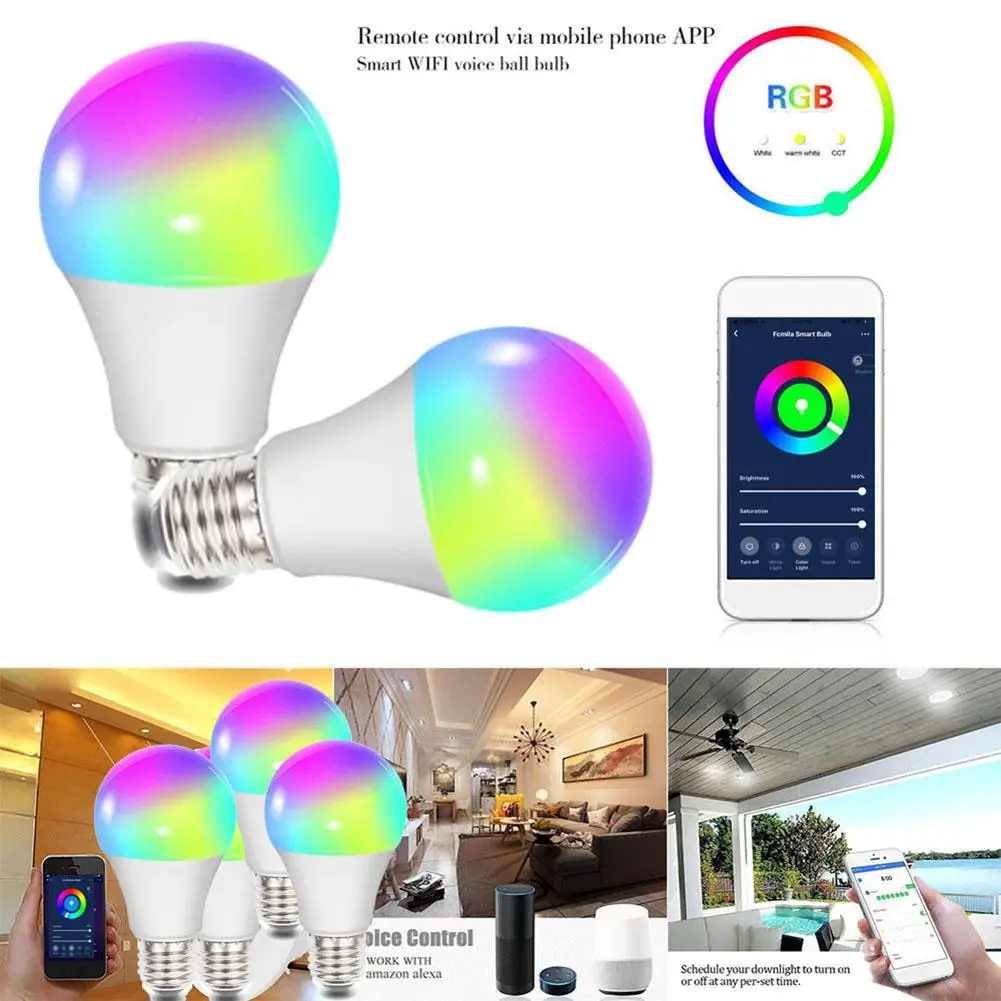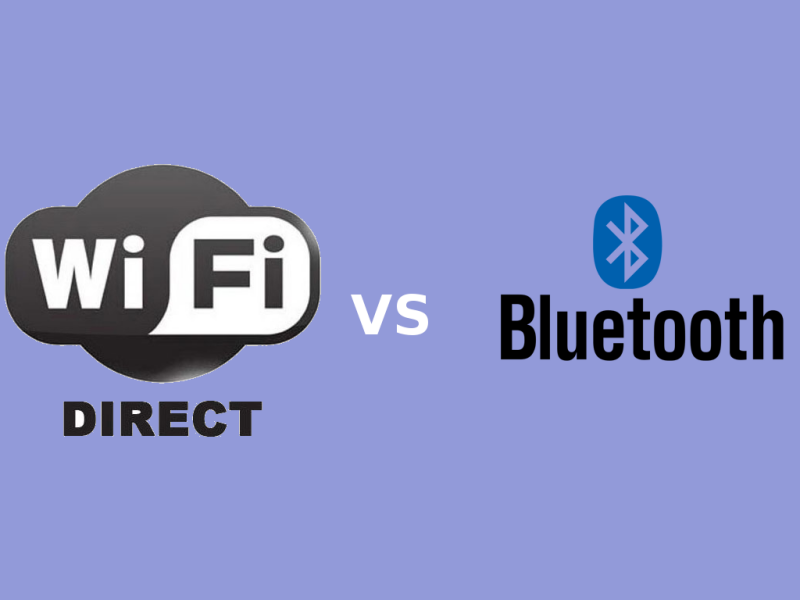


The trouble is, the wireless technologies that have been trialled in smart lighting, including Wi-Fi and ZigBee, have drawbacks that hinder adoption and usage of these systems. If smart lighting is to be convenient and intuitive, it must be controlled wirelessly via a mobile device, such as a smartphone, tablet or wearable. But actual smart lighting implementations remain relatively uncommon, partly because of the wireless technologies that have typically been used.

There has been lots of talk about the benefits of smart lighting, not least how it can save energy and make our homes, workplaces, hospitals and other buildings more comfortable. It overcomes the drawbacks of communication protocols such as ZigBee and Wi-Fi and can be combined with other technologies to make smart lighting even smarter.īy Saara Guastella, Product Marketing Manager, Casambi Bluetooth Low Energy is a protocol optimised for controlling smart lighting.


 0 kommentar(er)
0 kommentar(er)
